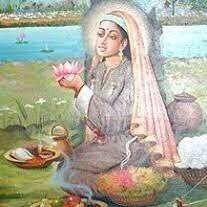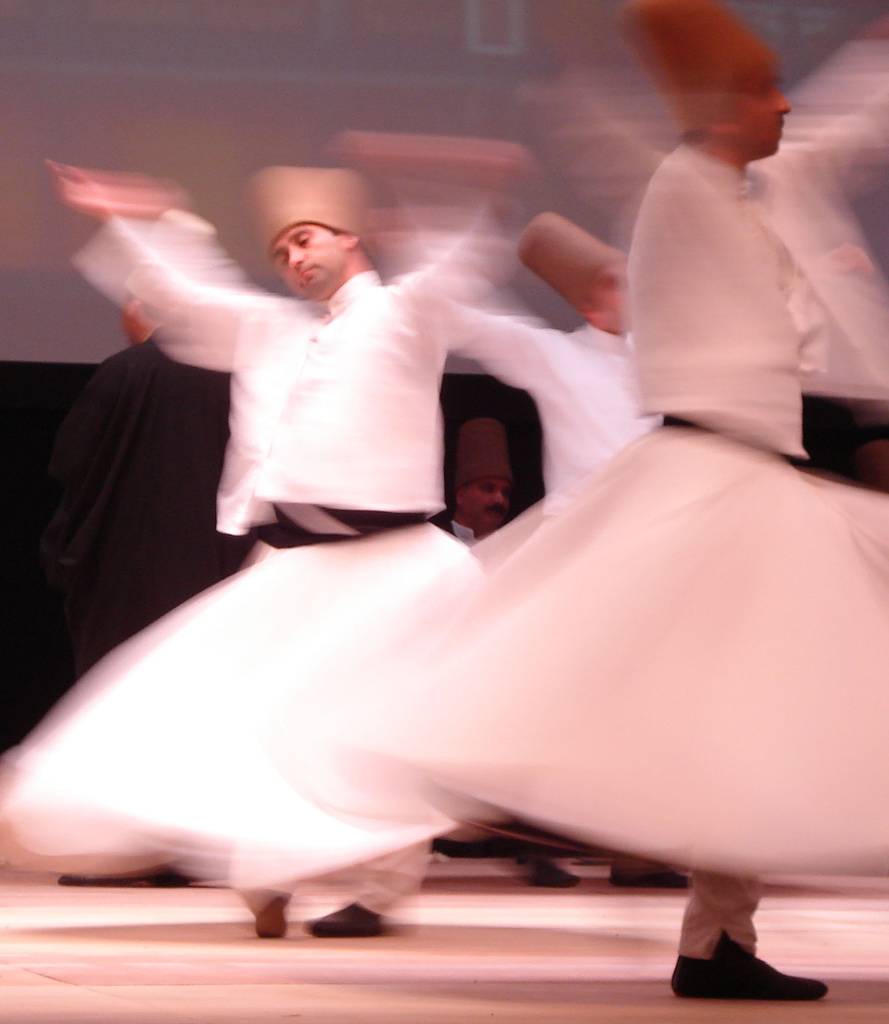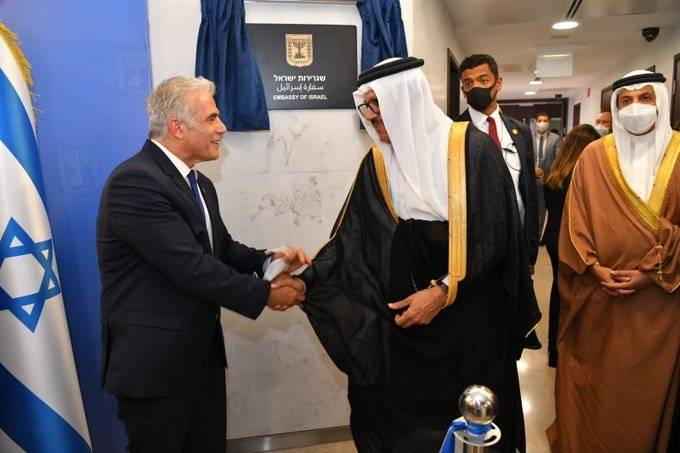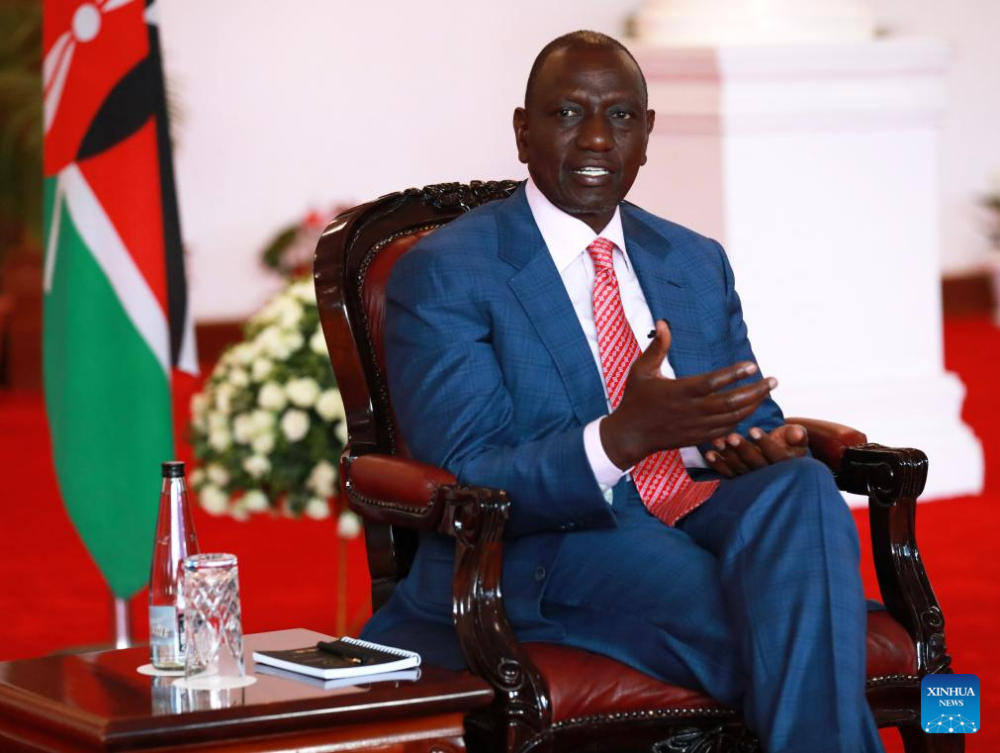Indeed, Lal’s vaakhs enable one on an individual journey through the woes of the human condition, disillusionment with the world, an anguished search for God, and, ultimately, to the realisation of the highest liberating truth.
In the fourteenth century, a woman writing in any language was a rarity, but it happened in Kashmir. A voice which resonated in the valley and spoke directly to the people, was heard with all seriousness, and recorded in collective memory and later penned down as ‘Vakhs’ – meaning ‘Speech’. This is the voice of the mystic of the Kashmir Shaivism school of Hindu philosophy – Lal Ded, whom the Kashmiris, Muslims and Hindus alike venerate to this day as a prophetess, their North Star.
The fact that Lal Ded was a rare diamond – both as a saint and as a poet – is an undisputable argument acknowledged by all Kashmiris. It is evident through the vaakhs, which she uttered as direct outpourings from her heart rather than intentionally shaped poetic compositions, that Lal Ded is the most powerful symbol of Kashmir’s civilisational ethos.
There was no polarisation between Kashmiri Hindus and Muslims in her time; the vaakhs made a remarkableimpact on the collective psyche of the two communities. She was called ‘Lalleshwari’ by one community while ‘Lalla Arifa’ by the other, showing that both recognised her spiritual attainment in accordance with their religious perceptions.

Lal’s vaakhs suggest she belongs to the Trika school of Kashmiri Shaiva mysticism or devotional Shivadvaita, which originated no later than the eighth century CE. Shiva-Shakti worship in Kashmir dates to at least the second century CE. This school, that came to be known as Pratyabhijna (Recognition) or Trika (triad of Shiva, Shakti and Nara), was represented in the works of great scholar-siddhas like Bhatta Narayana (eighth century), Utpaladeva (ninth century), Abhinavagupta (tenth to eleventh centuries) and Shitikantha (thirteenth century).
Before the advent of Islam in the medieval period, Kashmir was known as the Land of Parvati or Rishi Bhumi; and later was called Peer Vaer, an abode of Saints and Sufis. The Valley has offered fertile ground for the emergence of various Hindu (primarily Shaivites Saints) and Sufi Saints, who collectively knitted a culture called Kashmiriyat.
A fusion between Islam and Vedanta (Kashmir Shaivism in the Valley) gave rise to Sufism. The Sufi saints came to be known as Rishis. The most famous of them is Sheikh Nur-ud-Din, the founder of the Rishi Order, the Alamdar-e-Kashmir, is lovingly known as Nunda Rishi. Unfortunately his famous shrine at Char-e-Sharif was burnt down by the Pakistan-sponsored Islamist Mast Gul during the holy month of Ramadan in 1995. Nunda Rishi was largely influenced by Lalleshwari, his senior contemporary.

Many Kashmiri Hindus and Muslims became Nunda Rishi’s disciples. They renounced the world, dedicated themselves completely to meditation. On their death, these Rishis were buried in their Ziyarats. Kashmiris have great reverence for these Ziyarats and lovingly go there to place flowers on the graves. Due to their universal appeal, these shrines gained popularity aspilgrimage for both Muslims and Pandits, helping propagate a humanistic philosophy to build the Kashmiri ethnic identity.
The Hindu shrines and Muslim ‘Asthans’ faced each other, and both communities visited the living Saints alike. Saint-worship was very common until the year 1989 – that marked the beginning of a new face of religion, fundamentalist in nature and based on hatred. Nobody could have imagined that the soil blessed with Rishis spreading the messages of spirituality and universal oneness would be one day soaked in the blood of its own, and one’s own siblings would be forced to leave their ancestral land, all in the name of religion.
Other important seers of the valley are Rupa Bhawani (1625-1721) who regarded Lal Ded as her guru, Parmanand (1791-1879), and Shams Faqir (1843-1914). Faqir extended a tribute to Lal Ded in his poems.
For the Shaivite Kashmiri Pandit woman, he uses conspicuous Kashmiri words of Sanskrit origin, such as ‘Praan’ (vital air), ‘Jnaan’ (knowledge), ‘Aakaash’ (ether), and ‘Karmavaan’ (meaning life’s workshop).
Lal Ded’s philosophy rejects the otherness of God and understands the world as an extension of one’s own inner consciousness, and that is why she appeals to masses of all shades of religious thought. She questions dogmatic thought of today’s world with vaakhs displaying her inclusivity where she not only break barriers between religions by shining the sun upon everyone without distinction, but uses the Islamic title of ‘Saheb’ to the apparent Shaivite reference to Shiva. The verses reveal, in their own syncretic idiom, the religious, mystic, and linguistic blend they support. She has indeed established a tradition of harmony and tolerance – a priceless heritage.
But who will carry her message to the world today? Time will soon come, when the people of Kashmir, fed up by extremism and narrow fundamentalism, will rekindle this inter-religious faith that Lal Ded started and Nunda Rishi and others carried forward. Such a movement is shaping up once again which will help overcome the parochial minds and open up floodgates of harmony and love in Kashmir.

Indeed, Lal’s vaakhs enable one on an individual journey through the woes of the human condition, disillusionment with the world, an anguished search for God, and, ultimately, to the realisation of the highest liberating truth. They take the reader on a journey from the superficial outer world to the inner world.
It is worth mentioning, that Lal Ded did not found any movement or order of followers; she came and went unaccompanied, a wanderer – her message meant for the redemption, upholding the highest human values. In line with her school of thought perhaps lies the solution for rebuilding the society having mutual respect and trust that went missing during the last three decades. It is equally reassuring to find that some organisations in the Valley have started conducting seminars and conferences on Sufism reminding the masses at large,particularly the youth, of their glorious past.
And this is why Kashmir is indeed a Peer Vaer – above the insignificant matters and bondage of society and focused on upholding of human values manifested by synthesis of Lal Ded and Nunda Rishi.














